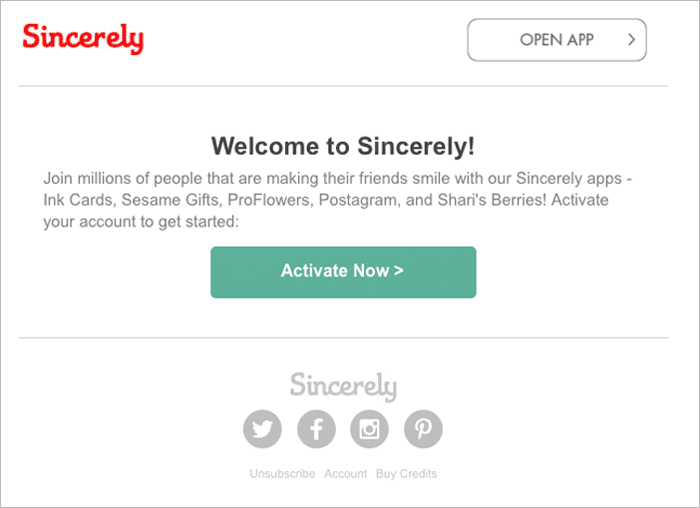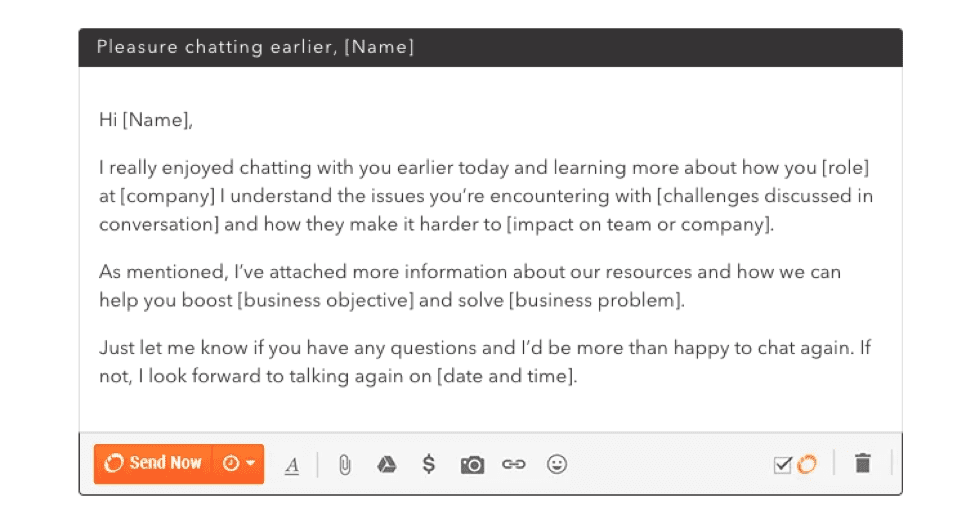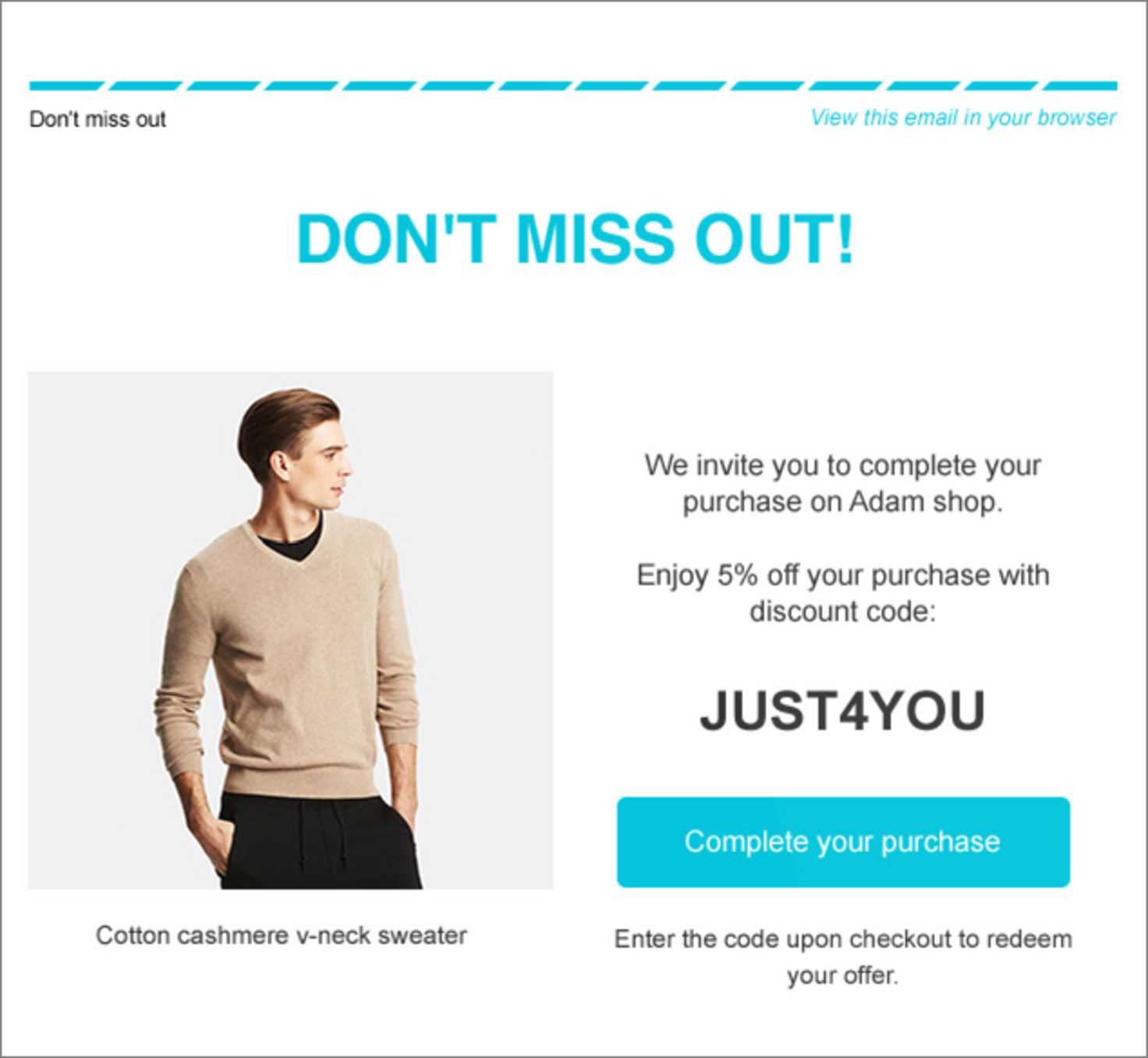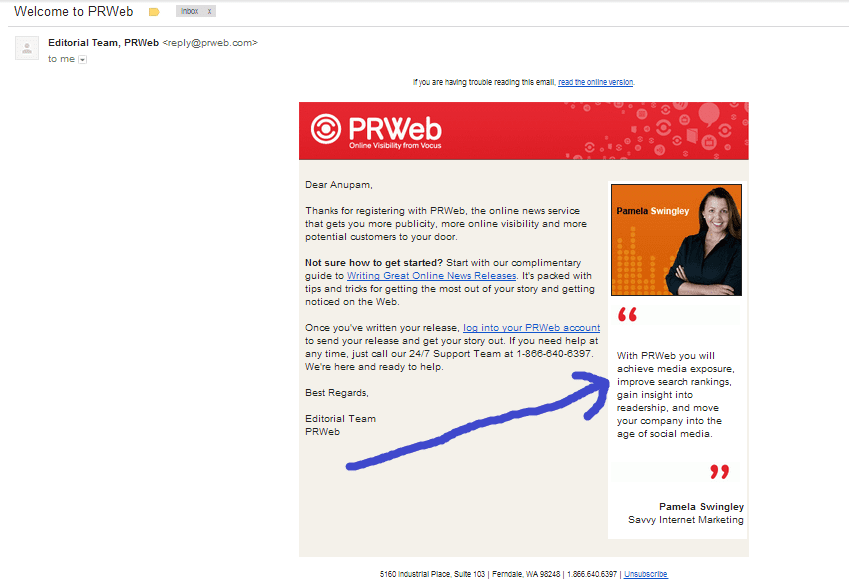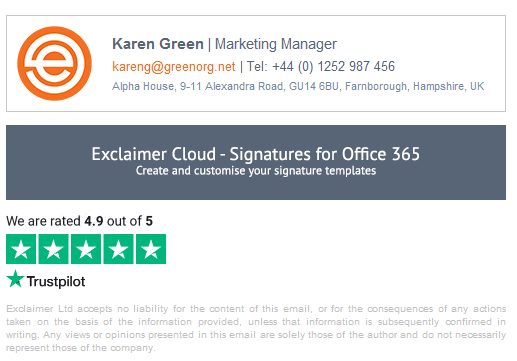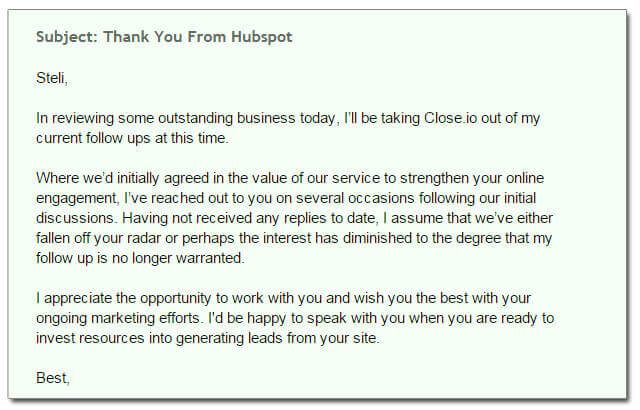How to Send a Follow-Up Email After No Response
Although generating leads is a top marketing challenge, with most clients requiring a “long cycle” nurturing, as many as 47% of salesman give up after their very first follow-up. For businesses, this means – wasted expenses for optimizing website landing pages, SEO, and ads. The truth is that following up with prospects is a part of selling, and so it’s important to do it right.
How Many Follow-up Emails Do I Send?
There isn’t any “gold standard” regarding the number of follow-ups you should send out. This depends on several variables, including:
- whether you’ve already got in touch with the person
- whether the original email was opened
- whether you can use other channels to check out with a prospect
- whether you’ve sent a copy to a role-based email, and so on.
For most cases, it’s recommended to send 2 or 3 follow-ups. You can increase their number, but don’t go beyond 5-6 emails, in total. Remember, a person may simply be not interested in the inquiry, so if you continue sending emails out, day in, day out, you risk receiving a “spam” complaint.
How Long to Wait Before Sending a Follow-up Email?
Around 90% of messages are opened and responded to the same days as they were delivered. So, if you didn’t get the reply within the first 24 hours, there’s a big chance that the email didn’t grab a receiver’s attention. However, there’s always a tiny chance that a person has forgotten to reply or deleted the thread accidentally. So, it’s okay to double-check with the lead within 1-3 days after the first email.
Responded at least once or shown some interest and suddenly went cold
This is a very different story when you follow up with leads who already are on the TOFU layer of a sales funnel, but aren’t ready to proceed further at the moment. According to statistics, people tend to refuse up to 5 times before agreeing on a proposal. So, if you’ve noticed the potential client lost his or her interest, go ahead of the curve – send out a series of re-engaging and/or trigger-based follow-ups. In case you continue not getting replies, increase intervals between subsequent emails to 5-7 days. If still no answers, it’s better to pause contacting leads for a while.
Shown very little interest but has also not unsubscribed
Most likely, in this case, you’re dealing with “cold lead”. So, maybe, it’ll be better to focus efforts on prospects who’ve already expressed some interest in your brand. Still, if you want to warm up passive subscribers, 3 to 4 newsletters per month may be enough to start with. Once you see that a person opens your messages and interacts with the content, you can increase the frequency or send some personalized offers.
Go Multichannel with Your Sales Follow-Ups
Nurturing leads is a tough task, so you should use several touchpoints to follow up on proposals. Direct messages or email copies are good “starters”, but there are a few alternatives you can try – to qualify prospects better:
- personalized video – embed tailored video introduction into the email copy and send it to new subscribers; although it’s time-consuming, it may work out well, especially on B2B
- retargeting via LinkedIn and other socials – set up paid ads to be in sight for people who once visited your website or subscriber to newsletters
- phone calls – to schedule a call is a good way to follow up with clients with who you’ve once talked to.
How Do You Effectively Send Follow-up Emails?
Use this 5-components “formula” of an effective follow-up email:
- Reason – clearly explain why you’re emailing and refer to previous dialogues or agreements if any
- Value – include something that will grab recipients’ attention and make them want to open and read the message
- Structure – include an opening line, body of the copy, and a closing paragraph
- Length – be precise, use neat language, and try to use no more than 125 words
- CTAs – politely state what the recipient should do next, and don’t include too many CTAs – it’s better to use just one.
How to Write A Follow-Up Email
The first thing to consider when following up is personalization. Segmented campaigns increase outreaching efforts significantly – they result in a 14.3% higher open ratio and a 101% higher click ratio than non-segmented campaigns.
Start tailoring your follow-up email with a subject line by mentioning the recipient’s name. Then – write down a short opener and specify the last point you’ve stopped at. For example:
“Hi, John,
Just wanted to follow up on Monday’s email regarding the presentation you’ve emailed me the week before..”.
Think of what incentive you can provide, e.g. a piece of updated information, free template, case study, etc. And make it easy for the person to respond – specify time alternatives for a meeting or include a URL the lead should visit.
8 Techniques to Send A Follow-up Email (with Examples)
Follow-up Email using a Trigger Event
A trigger is a user’s action that determines the type of message the person will receive. For example, if someone registers on your website (the action), you may want to follow up with him or her with a “Welcome” email. This can be done manually, however, it’s more convenient to use email automation tools with drip campaign examples.
Follow-up Email with a Pain Point
Pain points are certain needs that a recipient may experience and that you can try to address through a follow-up email. This may be something stated by the person itself, e.g. during a previous meeting, or – something that you assume might be. Pain points are your arguments – use them to emphasize how your product or service may help.
Follow-up Email with Interesting Content
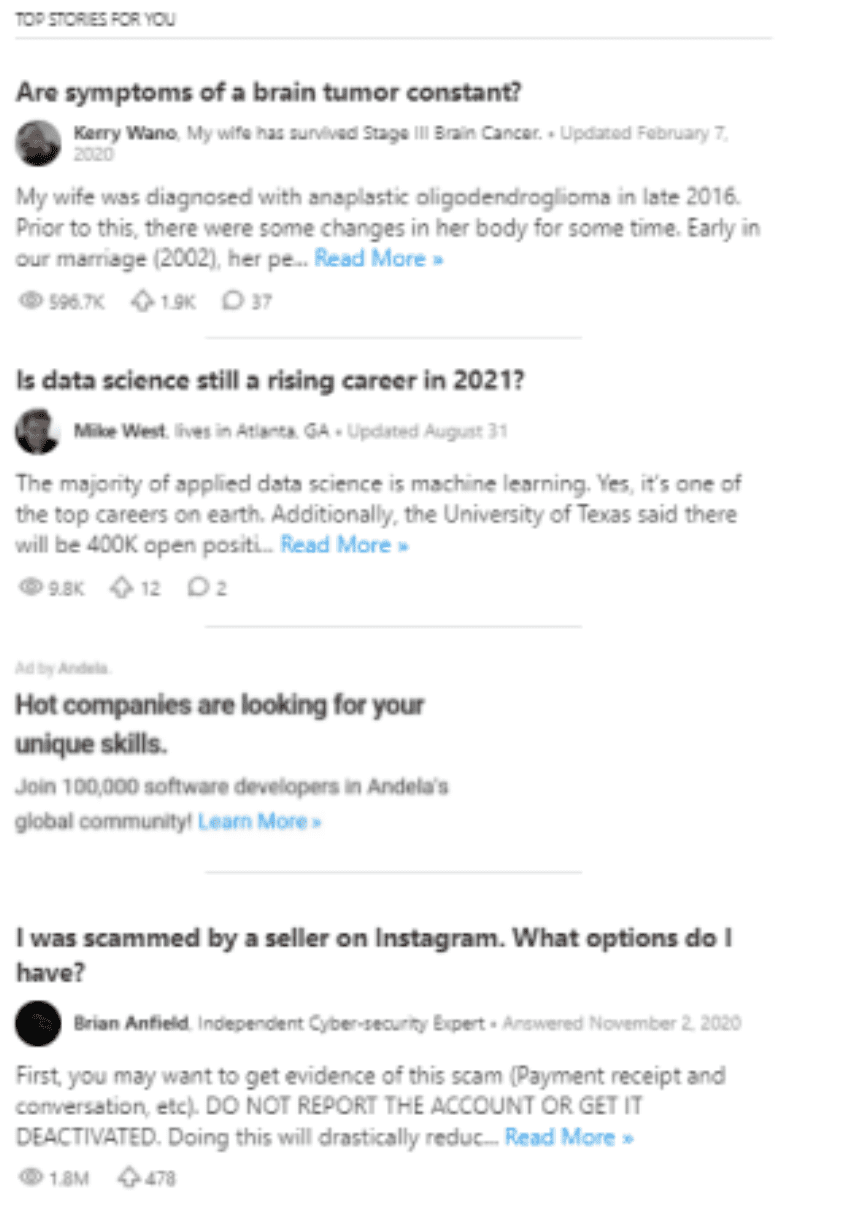 Image Source: A snapshot taken from Quora’s newsletters
Image Source: A snapshot taken from Quora’s newsletters
Add breaking news, success stories, case studies, whitepapers – everything that you think may capture leads’ attention. For example, Quora’s newsletters are compiled based on the user’s search interests, so their content is always acute.
Follow-up Email with a Benefit
A good way to increase CTR is to include personalized or special offers and make them time-limited. The only point is – not to make the copy looking too urgent or insisting.
Follow-up Email using Social Proof
People’s choice is usually influenced by what others do or say. So, sharing numbers, showing who’s endorsed your company, or highlighting what other people purchase is a “bait” that can attract leads and boost conversions.
Follow-up Email using Testimonials
If you have positive reviews on TrustPilot or Clutch, add them to the email copy – to sound even more authentic and trustworthy.
Breakup Email
This is the “last call” email. It contains a little push and can be used to make cold leads back into the sales funnel. It’s advisable to use breakup emails only if the previous ones didn’t work.
Pro Tips to Remember While Sending A Follow-up
Remember about mailing security and your sender’s domain reputation. You should only use verified emails and include the “Unsubscribe” option to every single copy. Also, avoid using spam-trigger words and seeming unrealistic or offensive. Once the person unsubscribes from your list, you should honor the request within 10 business days. Neglecting these rules can lead to negative consequences, up to bans.
Sending follow-ups is an integral part of the selling process. You can get instant replies on rare occasions, so checking out with prospects for the second, third, and fourth times may be the only way to get conversions and revenues.
This article has been scheduled in accordance with Socialnomics’ disclosure policy.


